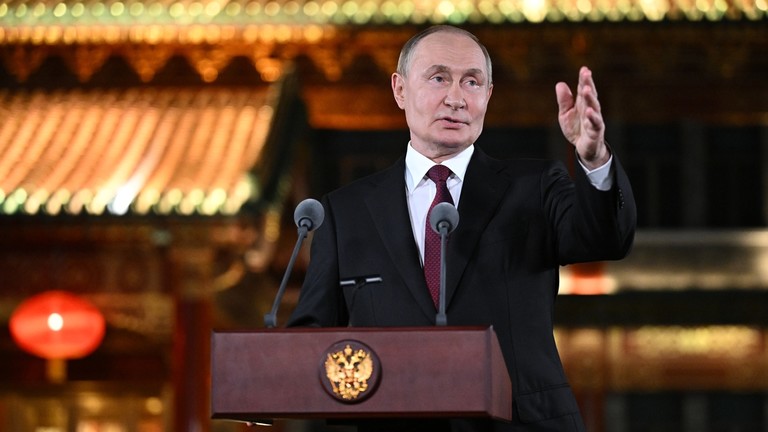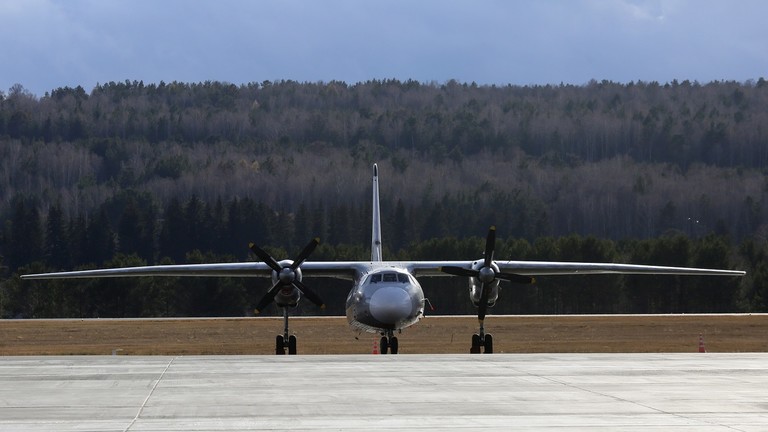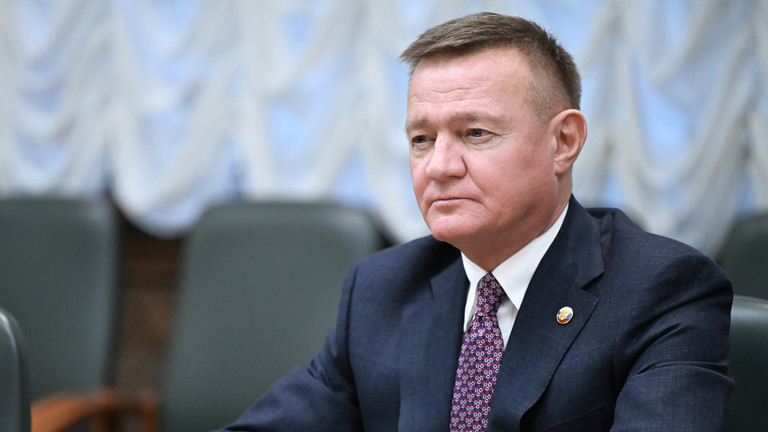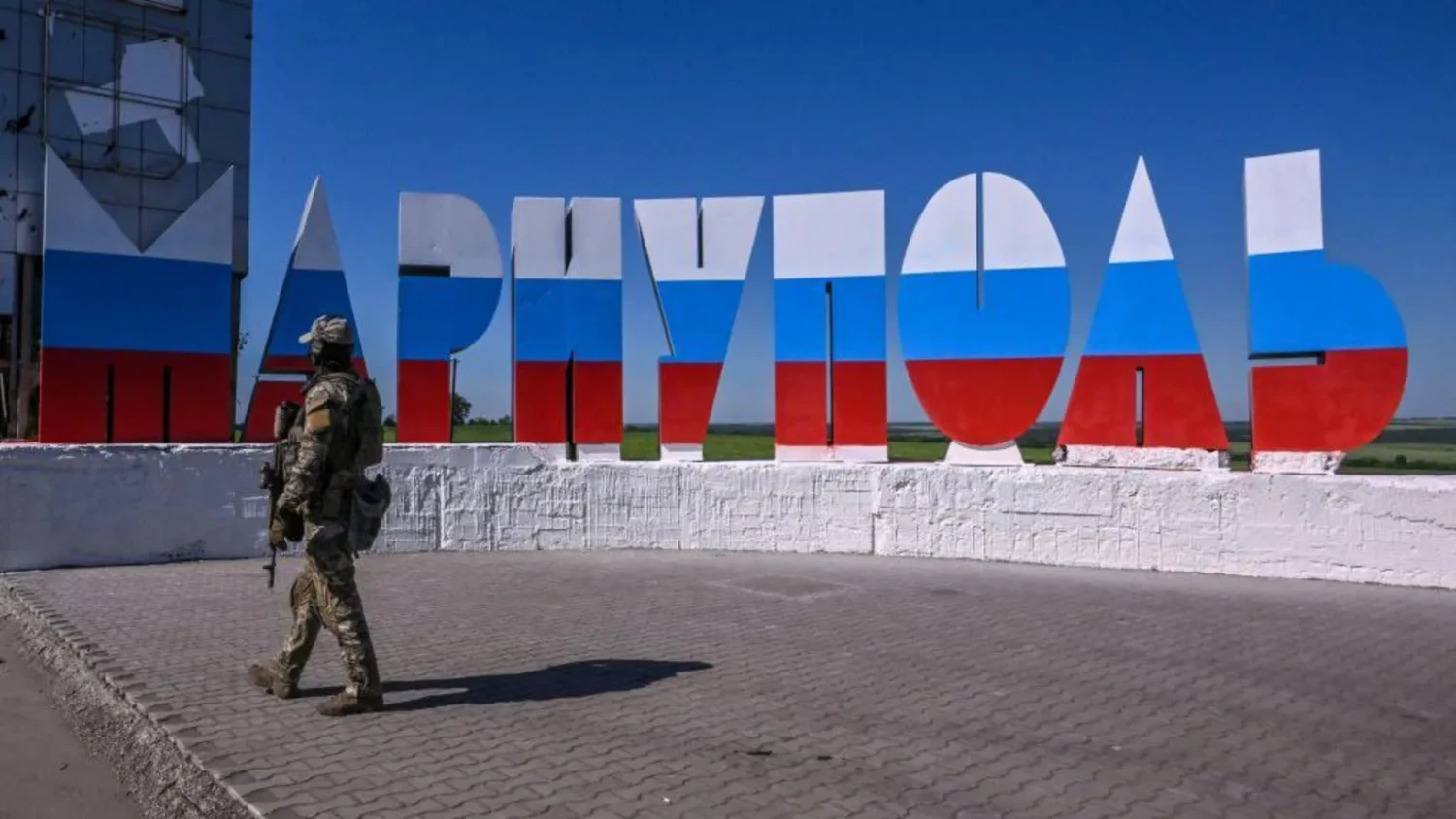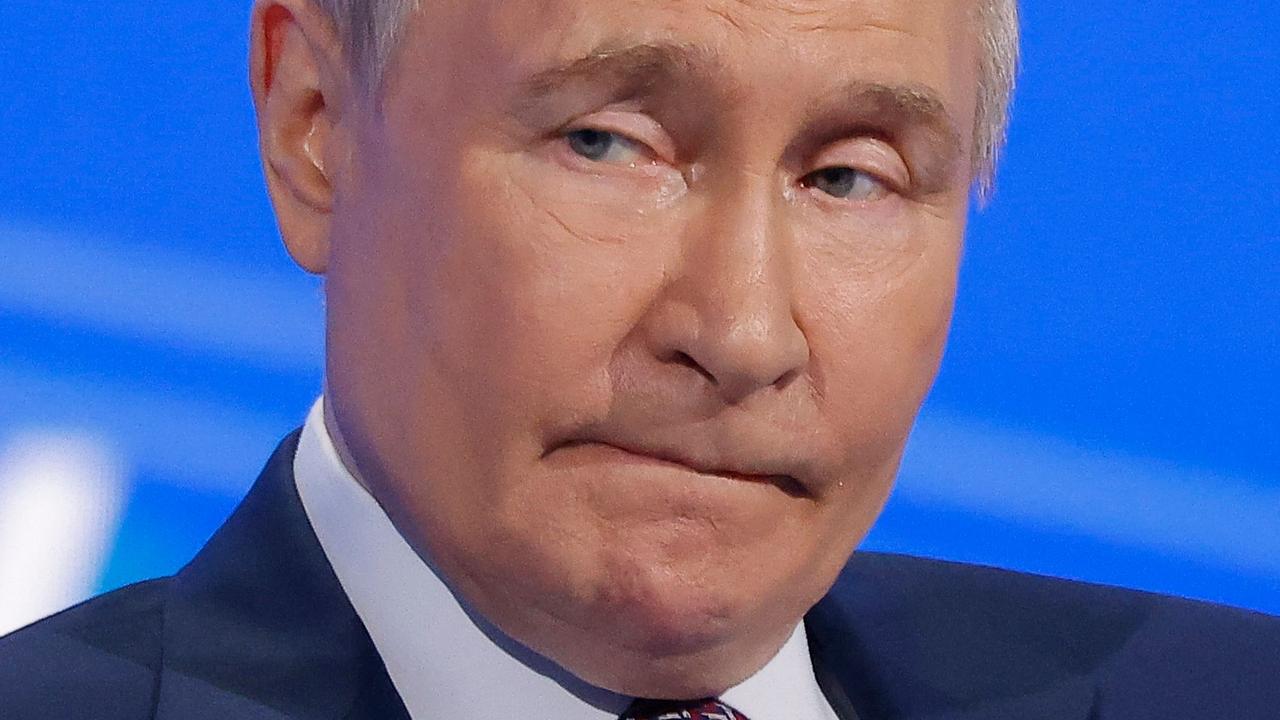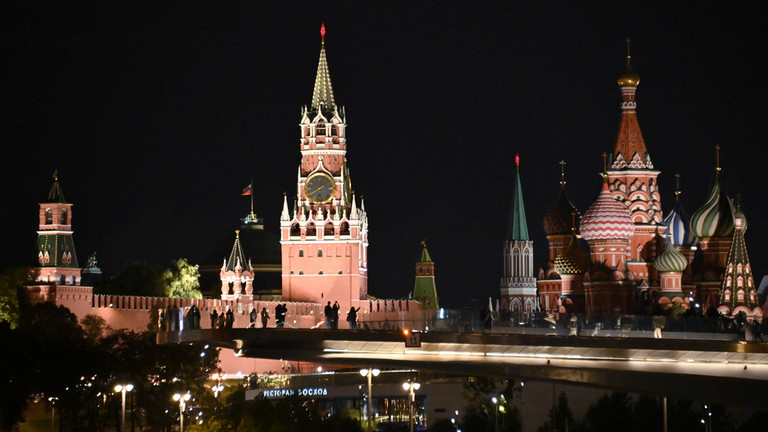
This article is more than
3 year oldUkrainians make their last stand for Mariupol in a steel ‘fortress’
Ukrainian forces and civilians in the besieged city of Mariupol may be facing their “last hours” as they take their final stand in the sprawling Azovstal steel factory.
As the battle for control of the southern port city enters its final stages, it is reported that up to 2000 people – mostly women and children - are taking refuge in the steel plant as supplies of drinking water and food dwindle.
The Azovstal steel mill is itself a formidable fortress of underground bunkers, thick concrete walls, and reinforced steel doors. It stretches across more than six square kilometres and has its own port facilities.
Yan Gagin, who claims to be a Russian Adviser in the Donetsk People’s Republic, a self-declared government in Eastern Ukraine backed by the Kremlin, said that the plant is the size of a city.
He blamed the slow progress of the Russian assault on the vast size of the steel plant, saying that its underground tunnels can withstand bombing and “even nuclear strike”.
Established by the Soviet Union in the 1930s and rebuilt after the Nazi occupation during World War II, this is not the first time the complex has been used as a bomb shelter.
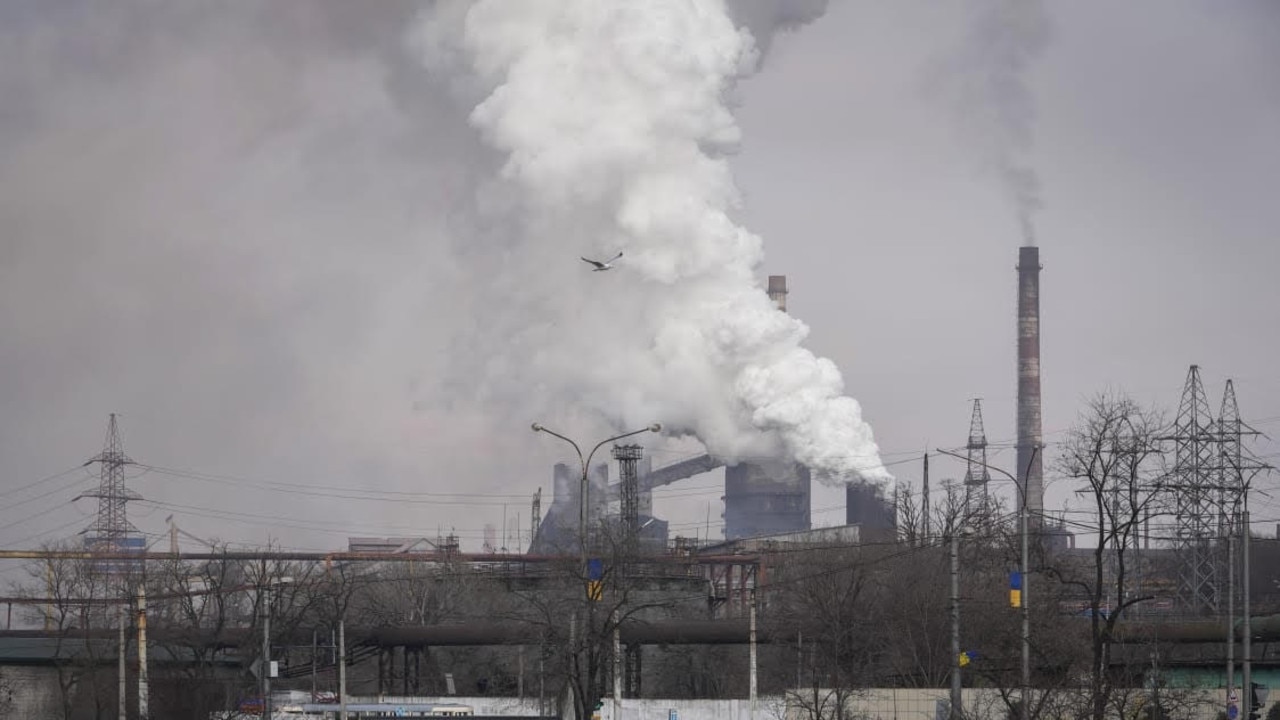
A spokesperson for Metinvest, the company that owns the plant, told the New York Times that despite not being planned for military use, the bunkers were used as shelters by steelworkers in 2014, when Russian-backed separatists tried to seize Mariupol.
The tunnels were originally built to access the underside of ground-level machinery for maintenance and to move equipment between buildings.
Head of international communications for Metinvest, Galina Yatsura told the publication the mill had space to house up to 4000 people and stocks of food and water to last for three weeks.
“Ever since the first invasion, we’ve kept the bunkers in good order and supplied with food and water.”
With Ukrainian forces in the city vastly outnumbered, Moscow issued its latest ultimatum on Wednesday.
If the city’s defenders surrender by 2pm Moscow Time (9pm AEST), a humanitarian corridor would open for any Ukrainian troops who lay down their arms.
As the deadline approaches, a commander within the besieged steel plant issues a desperate plea for help, saying that his marines were “maybe facing our last days, if not hours”.
“The enemy is outnumbering us 10 to 1,” Serhiy Volyna from the 36th Separate Marine Brigade said.
“We appeal and plead to all world leaders to help us. We ask them to use the procedure of extraction and take us to the territory of a third-party state.”
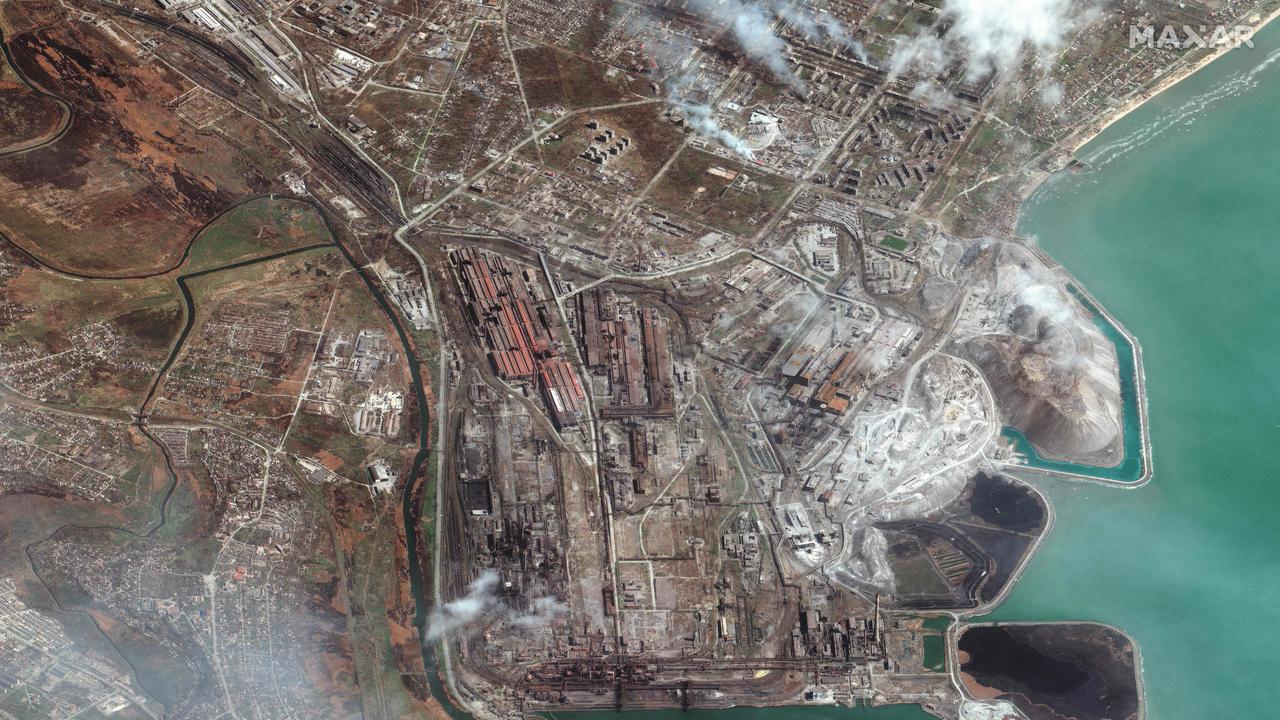
Though Moscow claims they have the steel plant surrounded, Pavlo Kyrylenko, who oversees the Donetsk region’s military administration told CNN that Mariupol remained contested.
“The Ukrainian flag is flying over the city,” he said.
“There are certain districts where street fighting is continuing. I can’t say the Russians are controlling them.”
The West responded to Ukrainian pleas for more assistance by providing fresh weapons for Kyiv in response to a renewed Russian push in the Donbas region.
The Pentagon said that Ukraine had received fighter planes and parts to bolster its air force, declining to specify the number and origin of the aircraft. Kyiv has previously asked its Western allies to supply MiG-29s, as Ukrainian pilots already know how to fly them.
Control of both Donbas and the Mariupol would allow Moscow to create a southern corridor to the Crimean peninsula that it annexed in 2014, depriving Ukraine of much of its coastline.

‘We are bombed everywhere’
Elsewhere on the front lines, Ukraine’s defence ministry reported its troops had beaten back a Russian attack in the city of Izium, south of the partly blockaded second city of Kharkiv.
In the town of Novodruzhesk, 65-year-old resident Nadya said “We are bombed everywhere.”
“It’s a miracle that we’re still alive,” she said, her voice trembling. “We were lying on the ground and waiting. Since February 24, we’ve been sleeping in the cellar.”
Kyiv also claimed enemy losses in a Ukrainian counter-attack near the town of Marinka in Donetsk.
The governor of the eastern Lugansk region Sergiy Gaiday said Ukrainian forces were holding their ground in the face of heavy fighting.
“We have positional battles in the cities of Rubizhne and Popasna. The enemy cannot do anything though. They are losing people and equipment there,” Gaiday said.
“Our guys are shooting down drones there. Shooting down planes on the border of the Lugansk and Kharkiv regions, so they are holding on.”
Russian forces, meanwhile, said “high-precision air-based missiles” hit 13 Ukrainian positions in parts of Donbas while other air strikes “hit 60 military assets”, including in towns close to the eastern front line.
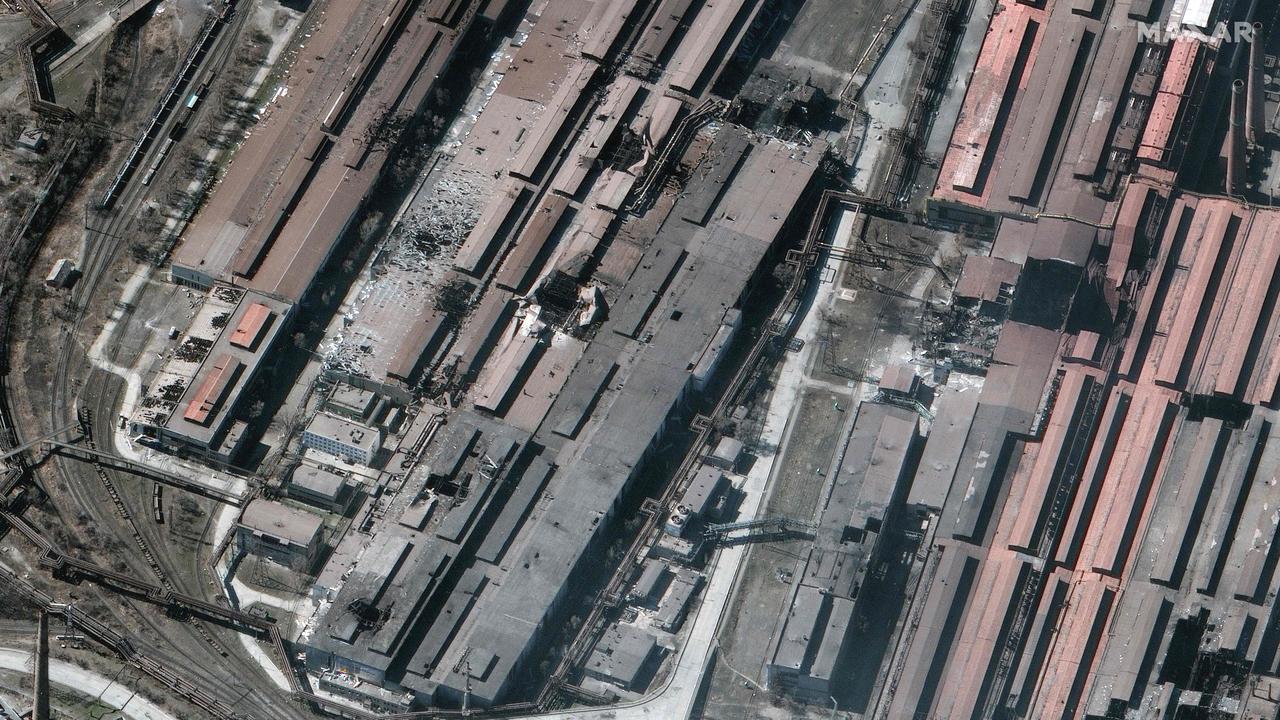
‘War crime’
President Vladimir Putin has said he launched the so-called military operation in Ukraine in February to save Russian speakers in the country from a “genocide” carried out by a “neo-Nazi” regime.
But his forces have faced allegations of war crimes -- most recently from German Chancellor Olaf Scholz, who said Tuesday that Putin was responsible for atrocities in Ukraine.
“The killing of thousands of civilians as we have seen is a war crime for which the Russian president bears responsibility,” Scholtz said.
UN Secretary-General Antonio Guterres also denounced Russia’s ongoing offensive, and issued calls for a four-day truce to mark the Orthodox Holy Week.
“Instead of a celebration of new life, this Easter coincides with a Russian offensive in eastern Ukraine,” Guterres told reporters.
“The intense concentration of forces and firepower makes this battle inevitably more violent, bloody and destructive.” Guterres for a “humanitarian pause” from Holy Thursday until Easter Sunday on April 24.
“Hundreds of thousands of lives hang in the balance.”
